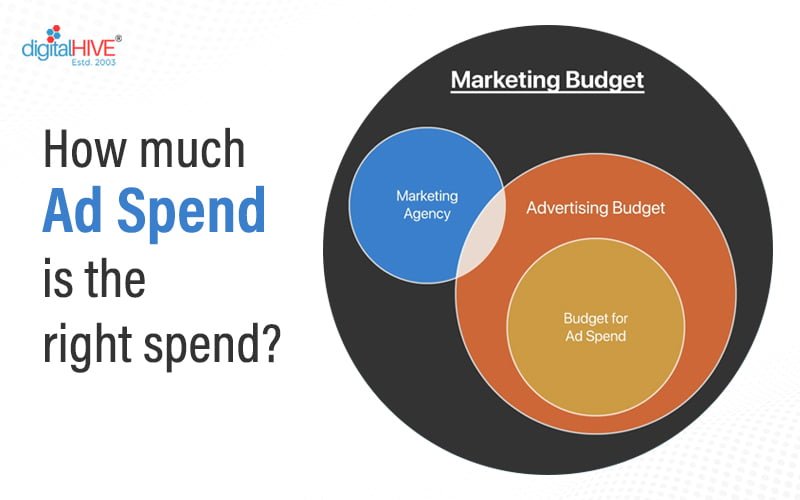Google Ads operates on a pay-per-click (PPC) model, meaning that businesses only pay when a user clicks on their ad. Advertisers bid on specific keywords that they want to target, and the ad’s placement on the SERP is determined by a combination of the bid amount and the ad’s relevance and quality.
Google Ads offers a variety of ad formats, including text ads, image ads, video ads, and app promotion ads. Advertisers can also use targeting options to reach specific audiences, such as by location, device, and audience demographics.
One of the key advantages of Google Ads is that it allows businesses to reach potential customers who are actively searching for the products or services they offer. Google Ads can be a highly effective way to generate leads, drive website traffic, and increase sales for businesses of all sizes.

There are several reasons why businesses may choose to use Google Ads as part of their online marketing strategy:
- Targeted advertising: Google Ads allows businesses to target specific audiences based on location, language, device, and other demographic factors. This helps to ensure that ads are shown to the most relevant users, increasing the likelihood of engagement and conversions.
- Cost-effective: Google Ads operates on a pay-per-click (PPC) model, which means that businesses only pay when someone clicks on their ad. This can be more cost-effective than other forms of advertising, as businesses are only paying for the actual clicks they receive.
- Measurable results: Google Ads provides detailed performance metrics, allowing businesses to track and measure the success of their campaigns. This helps businesses to identify which ads and keywords are performing well, and make data-driven decisions to optimize their campaigns for better results.
- Increased visibility: Google Ads allows businesses to appear at the top of search engine results pages, increasing their visibility and making it easier for potential customers to find them. This can be especially important for businesses in competitive industries where it can be difficult to stand out in organic search results.
- Flexibility: Google Ads allows businesses to adjust their campaigns and budgets in real-time, making it easy to respond to changing market conditions and customer behavior.
The right amount of Ad spend for Google Ads depends on a variety of factors such as your advertising goals, industry, target audience, and competition. There is no one-size-fits-all answer to this question, as what works for one business may not work for another.

However, there are a few things to keep in mind when determining your Ad spend:
- Advertising goals: Your advertising goals will play a significant role in determining your Ad spend. For example, if your goal is to drive more traffic to your website or generate leads, you may need to spend more than if your goal is to build brand awareness.
- Industry and competition: Different industries and markets have different levels of competition, which can impact how much you need to spend to achieve your goals. If you’re in a highly competitive industry, you may need to spend more to get your ads seen by your target audience.
- Target audience: Your target audience can also impact your Ad spend. If your audience is highly niche or specific, you may need to spend more to reach them effectively.
- Cost per click (CPC) and conversion rate: The cost per click (CPC) for your target keywords and your conversion rate will also impact your Ad spend. If your CPC is high, you may need to spend more to achieve the desired results. On the other hand, if your conversion rate is high, you may be able to achieve your goals with a lower Ad spend.
Overall, it’s important to start with a budget that you’re comfortable with and test and optimize your Ad campaigns over time to find the right balance between Ad spend and ROI. A good rule of thumb is to start with a modest budget and gradually increase it as you see results.
Google Ads can be a powerful tool for businesses looking to increase their online visibility, generate leads, and drive sales. However, it’s important to approach Google Ads with a clear strategy and a solid understanding of the platform to ensure that campaigns are effective and cost-efficient.
